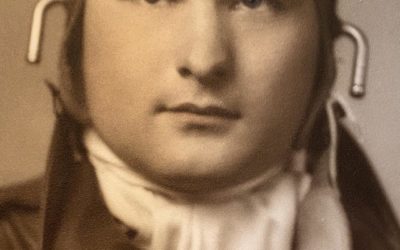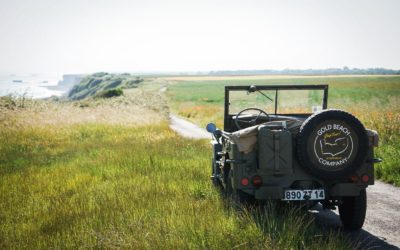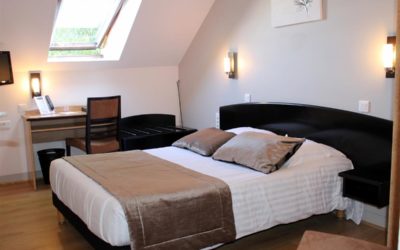A Jeep is not a Jeep by chance
Before the U.S. Army’s jeep could go to war, it had to survive Baltimore

The U.S. Army’s light four-wheel-drive vehicle — what we know as the Jeep — is put through its paces at Camp Holabird. The iconic truck was tested extensively at the Baltimore installation. (Keystone-France/Gamma-Keystone/Getty Images)
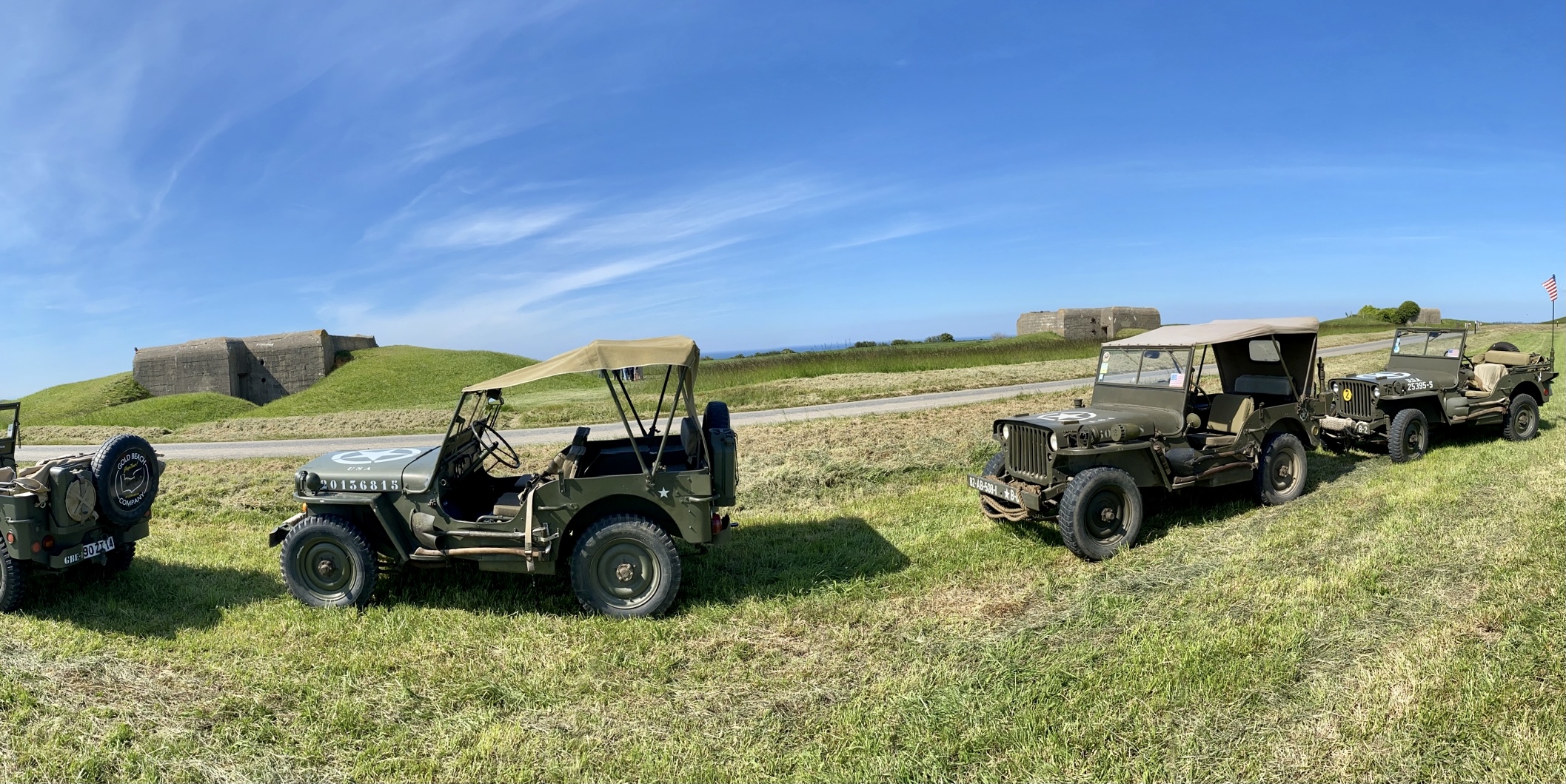
When the U.S. Army was trying to decide whether a new vehicle could withstand the rigors of combat, it sent it to Baltimore.
“That’s where the Jeep was born,” said World War II historian Christopher R. Van Valkenburgh — at Camp Holabird, near Dundalk, Md.
Over the last two Sundays, Answer Man has written about how what was later known as Fort Holabird housed enemy prisoners of war during World War II and was the setting for U.S. Army intelligence training during the Cold War. Perhaps Holabird’s most lasting impact was as the crucible in which the Jeep was forged.
During World War I, Holabird was the site of an Army quartermaster depot that shipped supplies to U.S. forces. These included trucks. Soldiers had to be taught to drive and repair these vehicles, so Holabird also had a school. It had something else, too: a test track designed to introduce drivers to the conditions they might encounter. It also served to test the vehicles themselves.
Even before the United States entered World War II, Army brass knew there was a deficiency in the U.S. motor pool: Our trucks were too big for quick, stealthy movement. We needed a small, multipurpose reconnaissance vehicle.
The specifications that went out to U.S. manufacturers in May 1940 stipulated that this new vehicle weigh no more than 1,300 pounds, have a two-meter wheelbase and be four-wheel-drive. It should be able to carry 600 pounds — three men, basically — and a .30-caliber machine gun.
And the Army wanted a working prototype in 49 days.
Only two manufacturers — the American Bantam Co. and Willys-Overland — entered vehicles in the competition. They would be tested at Holabird’s infamous test track, a process one writer likened to “rolling [the truck] down the Grand Canyon.”
Another motor transport officer, quoted in Herbert R. Rifkin’s official Army history of the project, said the test course “tortures a truck like an inquisitional rack, and if a truck has anything to confess, it confesses.”

Although the Army closed Fort Holabird in 1973, the steep concrete ramps used to test vehicles remain. They’re in the middle of a park in southeast Baltimore. (Christopher R. Van Valkenburgh/QuestMasters Museum)
The process at Holabird started with a visual inspection, followed by a dynamometer test to check engine horsepower.
Then came 5,000 miles of normal highway driving with a full payload and towed loads. Next came the torture, beginning with a 1,000-mile cross-country test.
“This was a severe trial that included going through mud holes, up hills with grades of 65%, over large ditches, and around small twisting hills that frequently caused frame distortion,” Rifkin wrote.
Then the vehicle was driven 1,000 miles on a clay road, followed by 500 miles on a sand course. The last step was 10 hours of driving up a sand grade so steep that the vehicle had to travel in its lowest gear at no more than 2 mph.
Finally the model was disassembled and examined.
“Bantam was the only car company that met the requirements,” said Van Valkenburgh, who writes about World War II equipment on his questmasters.us website and Facebook page.

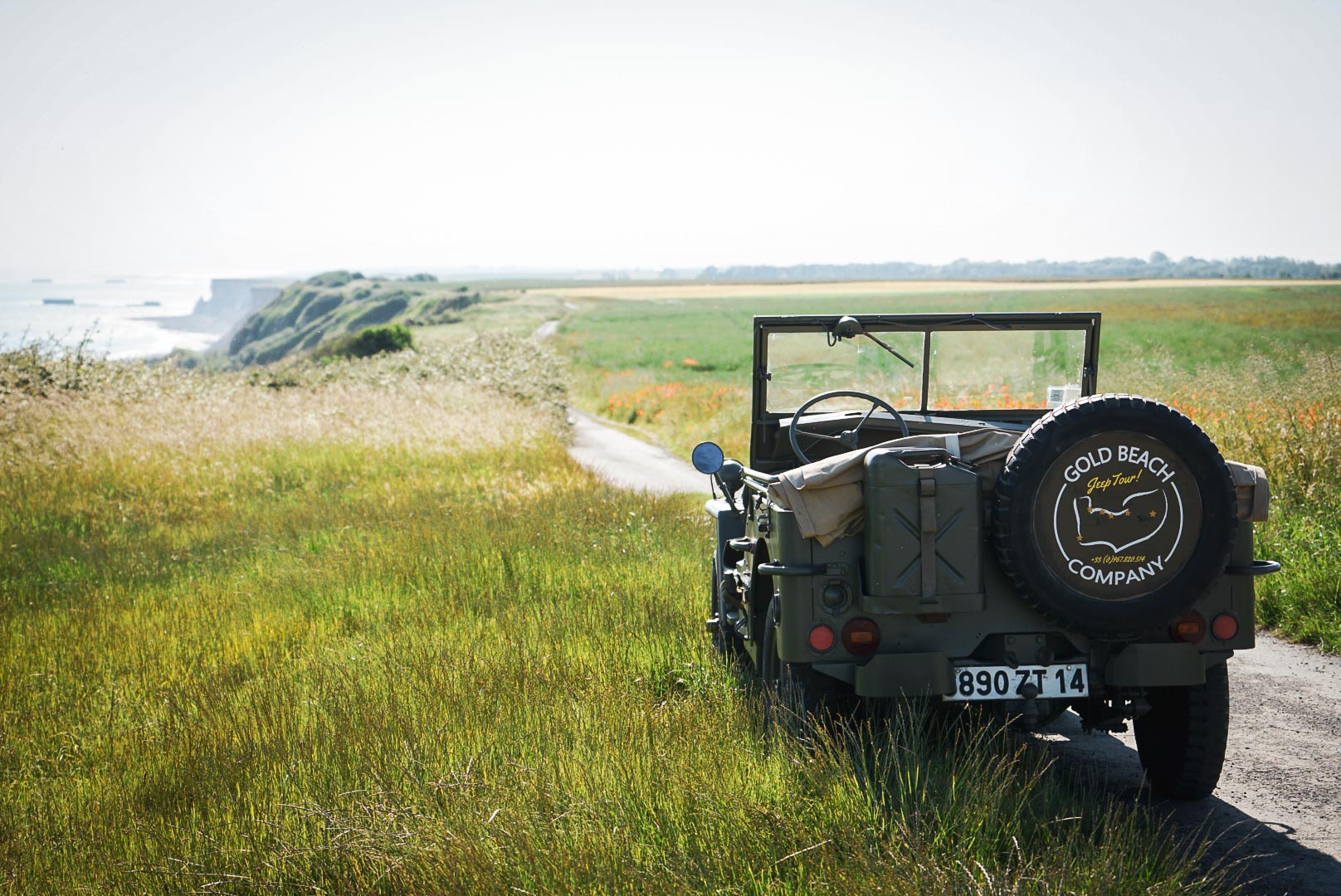
But the Army worried that the small Butler, Pa., company couldn’t manufacture the vehicles in sufficient quantities. Willys and Ford were chosen to build the quarter-ton, 4×4 command reconnaissance vehicle. Between 1941 and 1945, Willys built 300,000 at its Toledo plant. Ford built 250,000 at five different plants.
As for the name, in 1943 an Army spokesman told the Associated Press it derived from its role as a “general purpose” vehicle, or GP. Soon thereafter, he said, “the phonetic possibility of GP came to the forefront and the result was jeep.” Willys would eventually copyright the name, giving us Jeep.
Fort Holabird closed in 1973. A light industrial complex is on the site today. But in the center is a park. And in the park is the very hill where those prototypes were put through their arduous paces.
Steep concrete lanes run up the hill. You can’t drive on them — they’re in a pedestrian-only area — but Van Valkenburgh said Jeep owners should go to the site “and pay homage.” (He owns two: a Willys model and a Ford model.)
“The hill is where the Jeep itself was derived and the entire future of what is known today as the sport utility vehicle was born,” Van Valkenburgh said.
The role of the iconic vehicle is explored at the U.S. Army Transportation Museum at Joint Base Langley-Eustis in Newport News, Va.
The soldiers who drove the jeep came to love it. In 1943, correspondent Ernie Pyle wrote: “Good Lord, I don’t think we could continue the war without the jeep. It does everything. It goes everywhere. It’s as faithful as a dog, as strong as a mule, and as agile as a goat. It constantly carries twice what it was designed for, and still keeps going. It doesn’t even ride so badly after you get used to it. … The jeep is a divine instrument of wartime locomotion.”
Other places to visit
In the footsteps of Arthur Hanni: a bomber navigator during WWII.
.James & Vicky, September 2021, in Normandy! In September 2021, James and Vicky from Kansas, came to Normandy and booked a 3 days tour with me to follow the footsteps of Arthur Hanni, the father of James. Arthur was a bomber navigator in a B26 Marauder from 1942...
Jeep tour with Volpe
Volpe from Volpe Where are you youtube channel visited D-day beaches riding a ww2 jeep. He shot a great vlog about his experience with Gold Beach Company. Enjoy ! " I decided to visit the D-day beaches in Normandy. To visit the D-day beaches I jumped on an old world...
Hôtel Le Bayeux
Small budget? Do you want simplicity? I have the address you need. Le Bayeux, a 3-star-hotel, not far from the center of the town of Bayeux. An old charming little inn to welcome you for a smooth stay. It is a small house that has been transformed into an inn and then...

